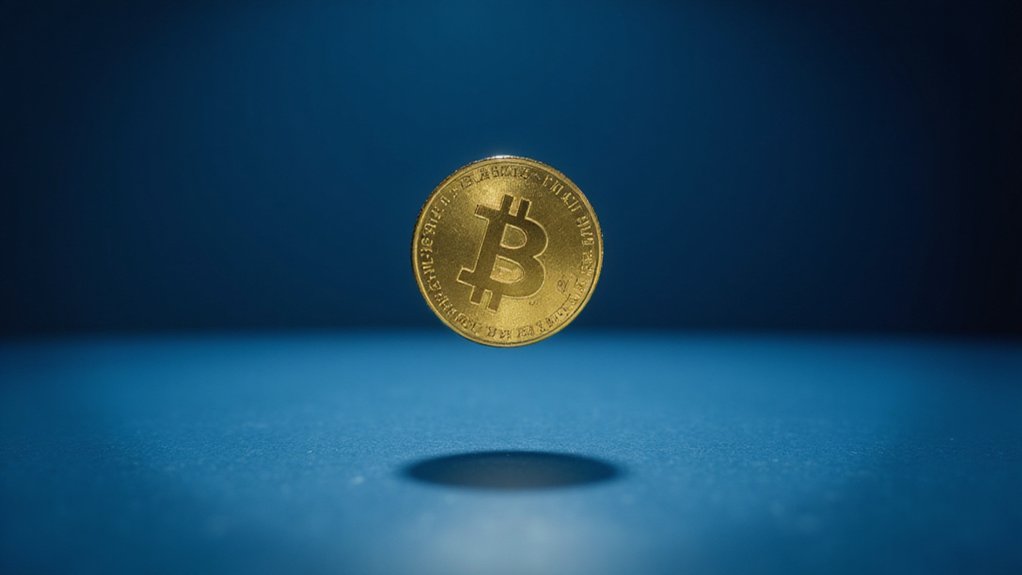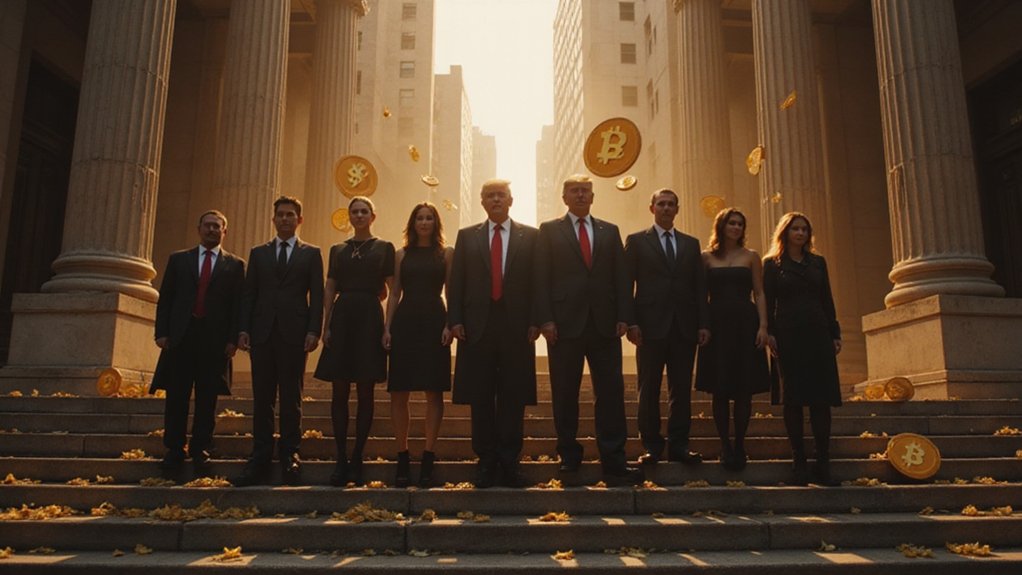While traditional financial institutions have spent decades perfecting the art of making simple money transfers both expensive and time-consuming, stablecoins have emerged as a rather inconvenient solution to problems the banking sector never quite acknowledged it had created.
The mathematics of disruption are elegantly simple: where traditional payment systems impose fees that would make medieval toll collectors blush, stablecoins operate with transaction costs measured in cents rather than percentages. Settlement times shrink from the banking sector’s leisurely multi-day clearing processes to near-instantaneous blockchain confirmations—a technological advancement that apparently required circumventing the entire financial establishment to achieve.
The financial establishment’s decades-long commitment to expensive inefficiency finally met its match in blockchain technology they couldn’t control.
The taxonomy of stablecoins reveals a sophisticated ecosystem that extends far beyond simple payment mechanisms. Traditional fiat-pegged variants provide price stability for everyday transactions, while yield-bearing stablecoins generate passive income by investing reserves—effectively performing the basic intermediation function that banks charge hefty fees to provide.
Treasury-backed stablecoins represent perhaps the most audacious development: tokenized shares of U.S. Treasuries and money market funds that eliminate intermediaries while maintaining regulatory compliance.
Market dynamics suggest this disruption has moved beyond theoretical possibility. Stablecoin circulation has increased approximately 28% year-over-year, driven by enterprise adoption as digital cash management tools. Large asset managers—those bastions of traditional finance—have launched or partnered on stablecoin projects, presumably recognizing that joining the revolution beats consuming by it. The scope of this transformation becomes clear when examining transfer volumes: stablecoin transfers reached $27.6 trillion in 2024, actually surpassing the combined volumes of Visa and Mastercard. The stablecoin market’s unprecedented growth is evidenced by its 20% surge to $247 billion since January 2025.
The technical architecture underlying this transformation relies on smart contracts that automate processes traditionally requiring armies of back-office personnel. Over-collateralization mechanisms in crypto-backed variants maintain stability despite volatile underlying assets, while treasury-backed models offer predictable liquidity that appeals to institutional users. Leading platforms like Bitso are already bridging this technological gap by offering staking yields up to 16% annually on various cryptocurrencies while maintaining institutional-grade security standards.
Cross-border transfers illuminate the stark contrast most clearly. Where traditional foreign exchange processes involve multiple intermediaries, compliance checks, and settlement delays, stablecoins enable frictionless international transfers requiring only blockchain connectivity.
Universal accessibility—needing merely a mobile phone rather than extensive banking relationships—democratizes financial services in ways traditional institutions seem constitutionally incapable of matching.
The convergence of lower costs, instant settlement, transparency, and programmability creates a value proposition that makes defending traditional payment rails increasingly difficult. Whether this represents evolution or revolution may depend entirely on how quickly established institutions adapt to technologies they once dismissed.









